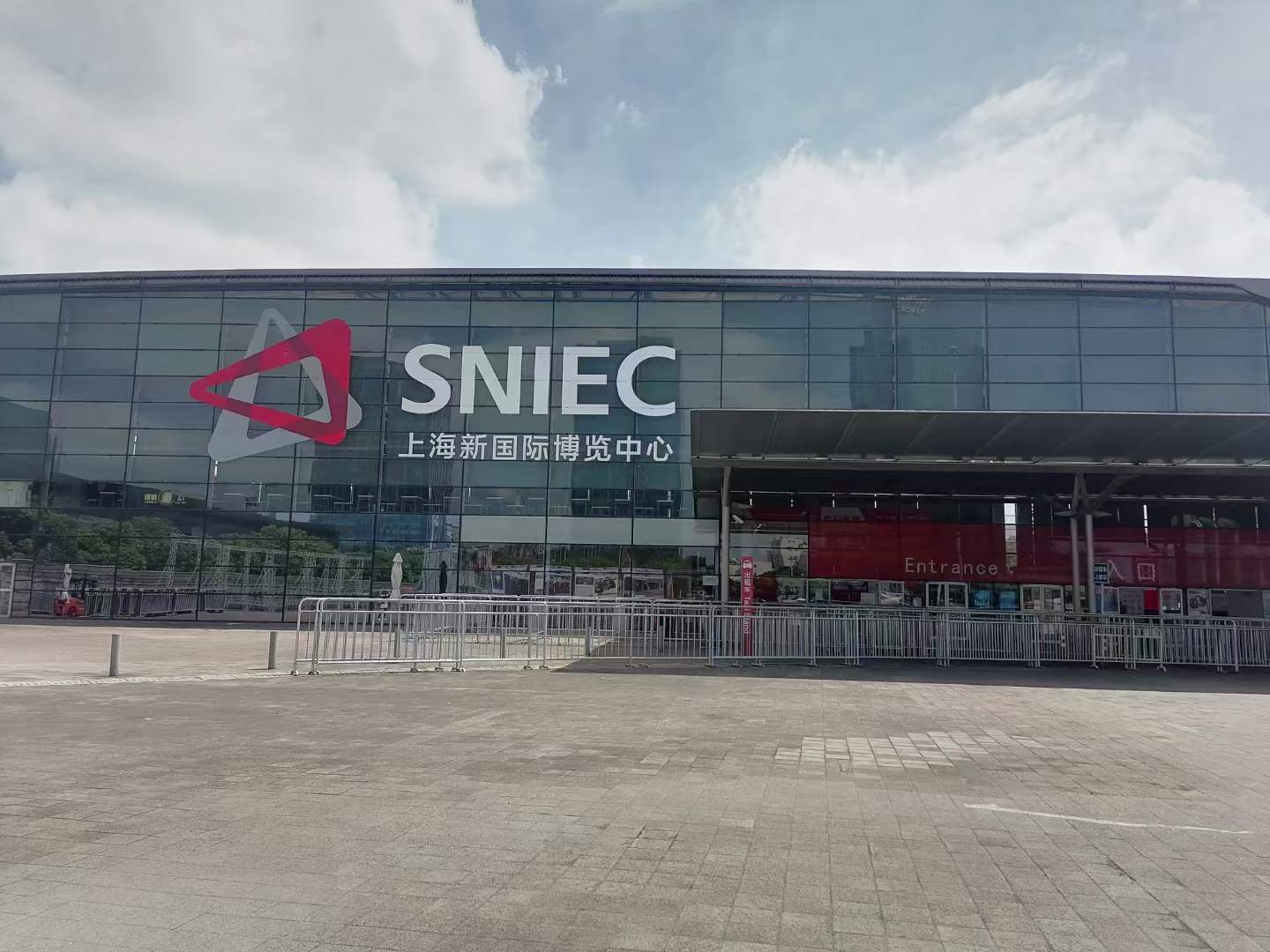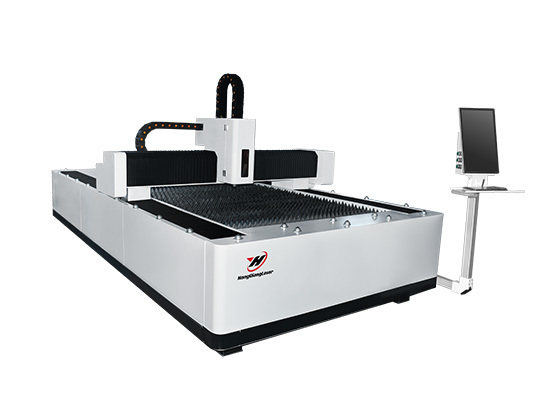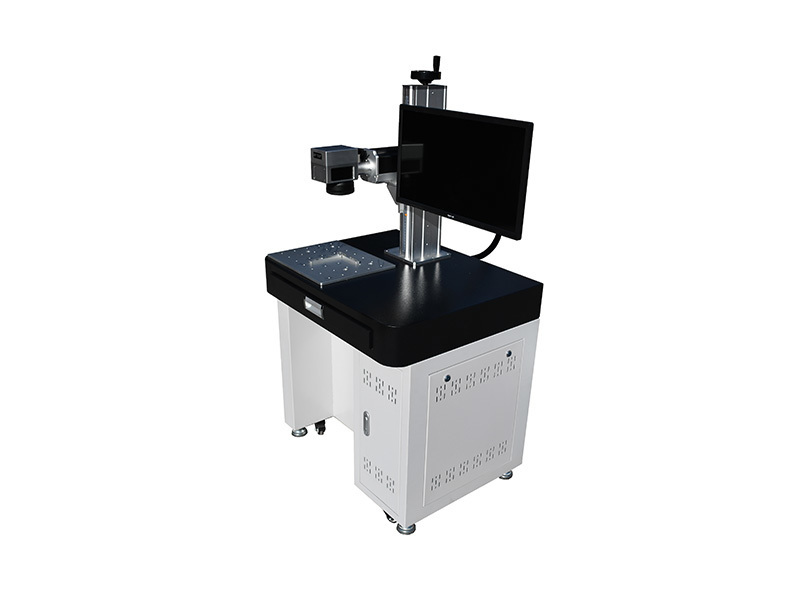Process parameters of laser welding machine
Release time:
2020-11-05 12:03
There are many process parameters for laser welding machines, which are listed below. Power density is one of the most important parameters in laser processing. At high power densities, the surface layer can be heated to the boiling point in microseconds, resulting in massive vaporization. Therefore, high power density facilitates material removal such as drilling and cutting. For lower power densities, it takes several milliseconds for the surface temperature to reach the boiling point. Before the surface layer vaporizes, the bottom layer reaches the melting point, making it easy to form a good welder.
The pulse waveform of laser welding machine is an important issue in laser welding, especially in thin plate welding. When the laser beam reaches the material surface, the reflectivity of the laser beam changes with the temperature of the laser beam. And the reflectivity of metals varies greatly. The pulse width of the laser welding machine is an important parameter for pulse laser welding. It is also a key parameter in determining the cost and volume of processing equipment. The impact of defocus on the welding quality of laser welding machines is due to the high power density in the center of the laser focus spot, which easily evaporates into holes. On a plane far away from the laser focus, the power density distribution is relatively uniform.
When the defocus amount is negative, the penetration depth of the molten pool is larger, which is related to the formation process of the molten pool. Laser welding is widely used in manufacturing, powder metallurgy, automobile industry, electronics industry and other fields. The circuit structure of laser welding machine consists of the following structure. The charging circuit uses IGBT charging circuit to increase the repetition frequency of the charging circuit. The discharge circuit is controlled by thyristors and the discharging IGBT must be turned off. When the energy storage network is charging, the charging IGBT is turned off. After a delay, the discharge IGBT is connected and discharged.
After the energy storage capacitor is discharged, the pre-ignition contact power generation consists of a step-up transformer, filter, current-limiting resistor, current relay and high-voltage trigger circuit. The pulse hydrogen lamp enters the normal glow discharge state during the pre-combustion process and has negative resistance characteristics. In order to make the back-arc glow discharge work normally, the pre-chamber circuit must have the characteristics of a large current source, so the current-limiting resistance of the pre-chamber circuit is large.
The machine triggering mode of the laser welding machine is internal triggering, using an automatic trigger of about 50 Hz. When the ignition switch is closed, the high-voltage pulse transformer generates high voltage of 15,000-20,000 volts and adds it to the condenser cavity. Once pre-ignition is established, the trigger circuit will automatically open immediately.
The operating circuit of the laser welding machine realizes the on-off operation of the water pump and control power supply through buttons, contactors, and relays, and realizes interlock protection in case of failure. Protection circuit: When the pre-ignition cut-off protection is disconnected, and a fault occurs in the discharge circuit, the protection circuit acts to send a fault signal. When the circulating water flow of the cooling system of the laser welding machine is insufficient, the flow relay is disconnected, the pre-ignition circuit and the main circuit power supply are cut off, and the whole machine stops working.
Previous article
Next article
Previous article
Next article





